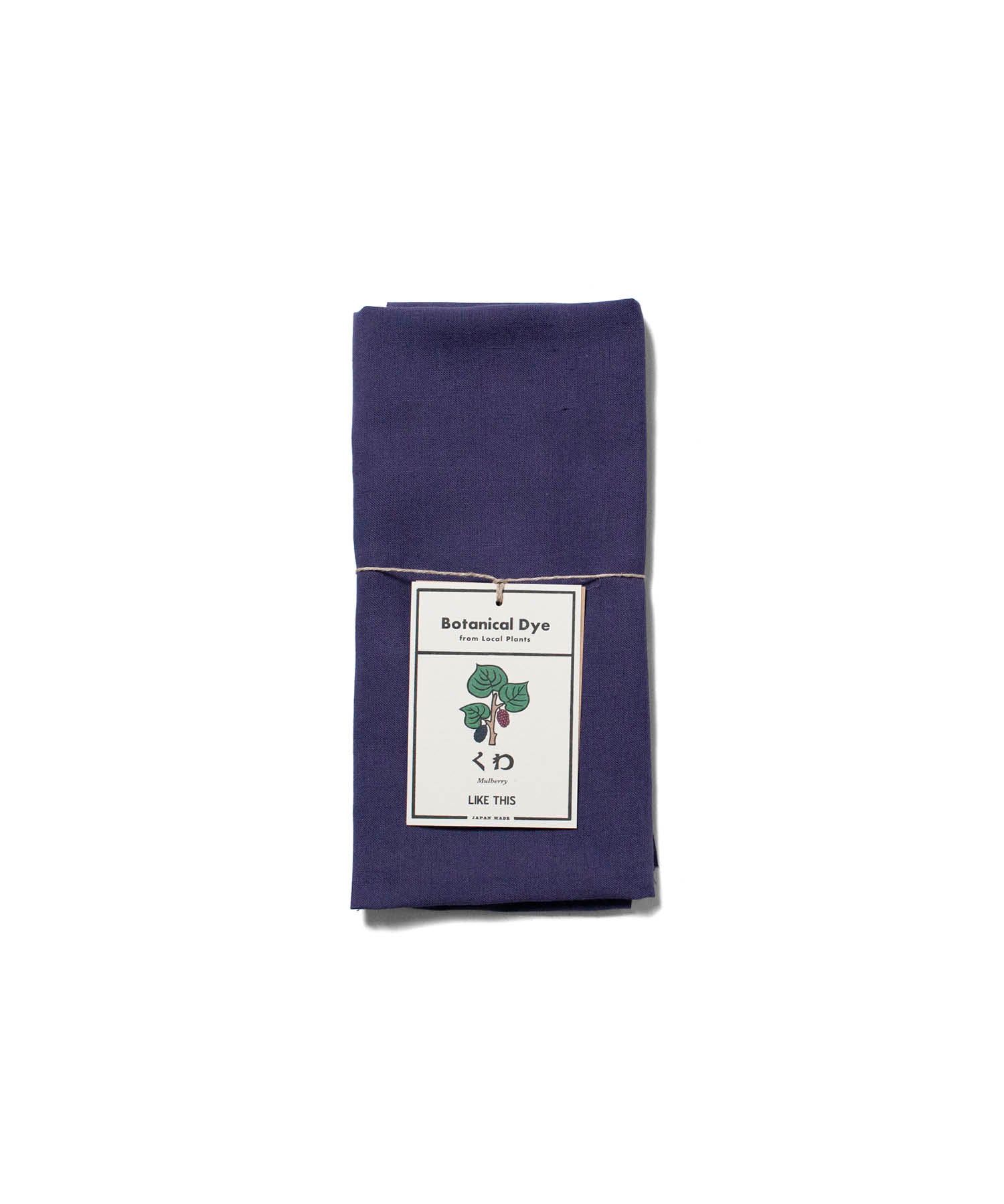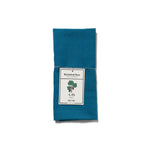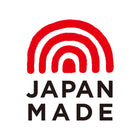Traceability
Dyed with

Material Story
Mulberry
A deciduous tree found in Japan, the Korean peninsula, China, and elsewhere. Its fruits, called "mulberry fruit" or "dodome," are delicious eaten raw and are used to make fruit wine, while its leaves are used to raise silkworms for silk, and its young shoots in early spring are eaten as wild vegetables, in tempura or as a salad. Its roots and leaves have also been used in traditional Chinese medicine, making it a thoroughly usable herb. The root bark of the mulberry tree is called sohakuhi, the leaves are called soyou, the branches are called soushi, and the fruit is called tan or soujin, or soushinshi, and is a herbal medicine that has diuretic, antitussive, expectorant, anti-inflammatory, and tonic properties.






























